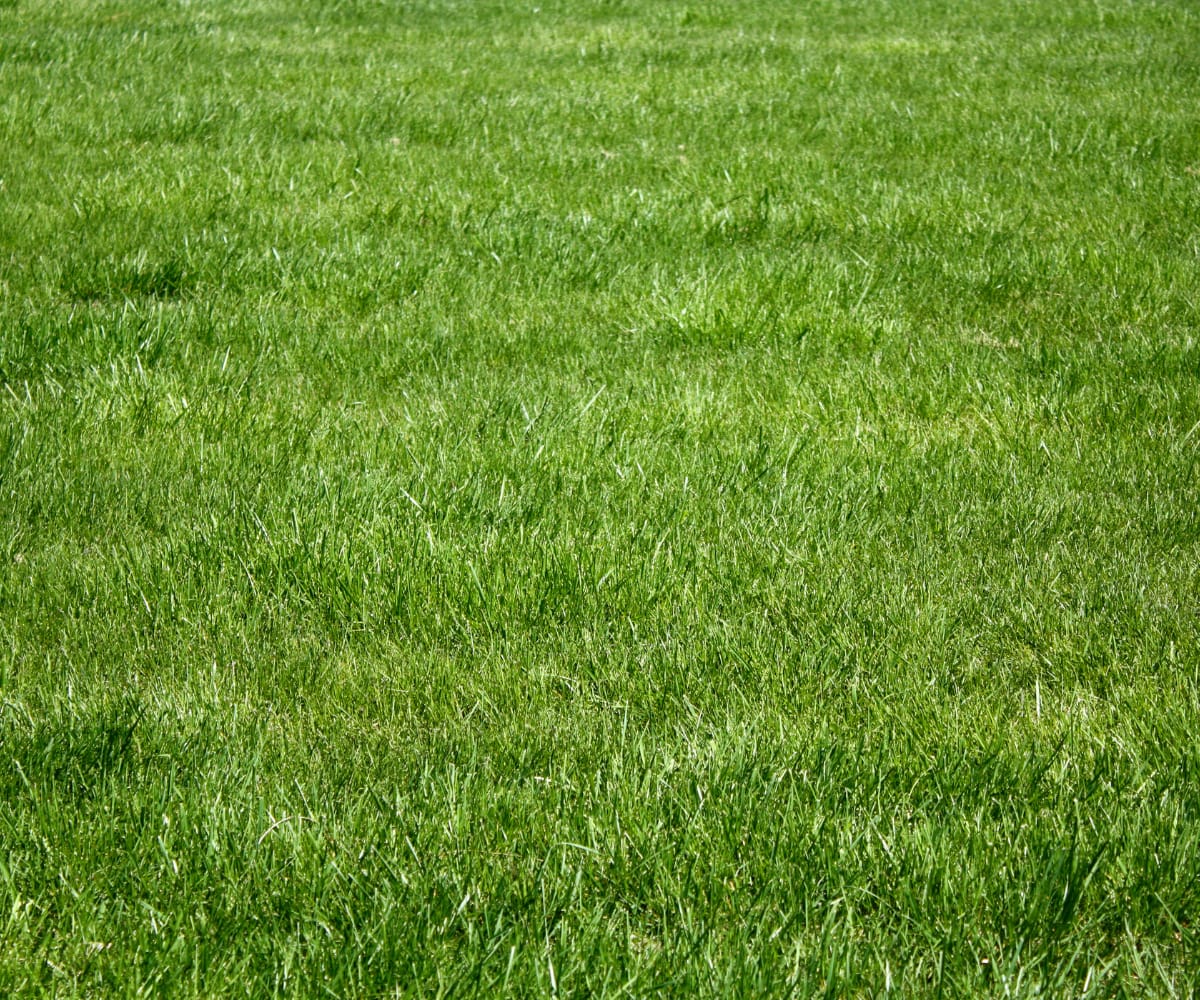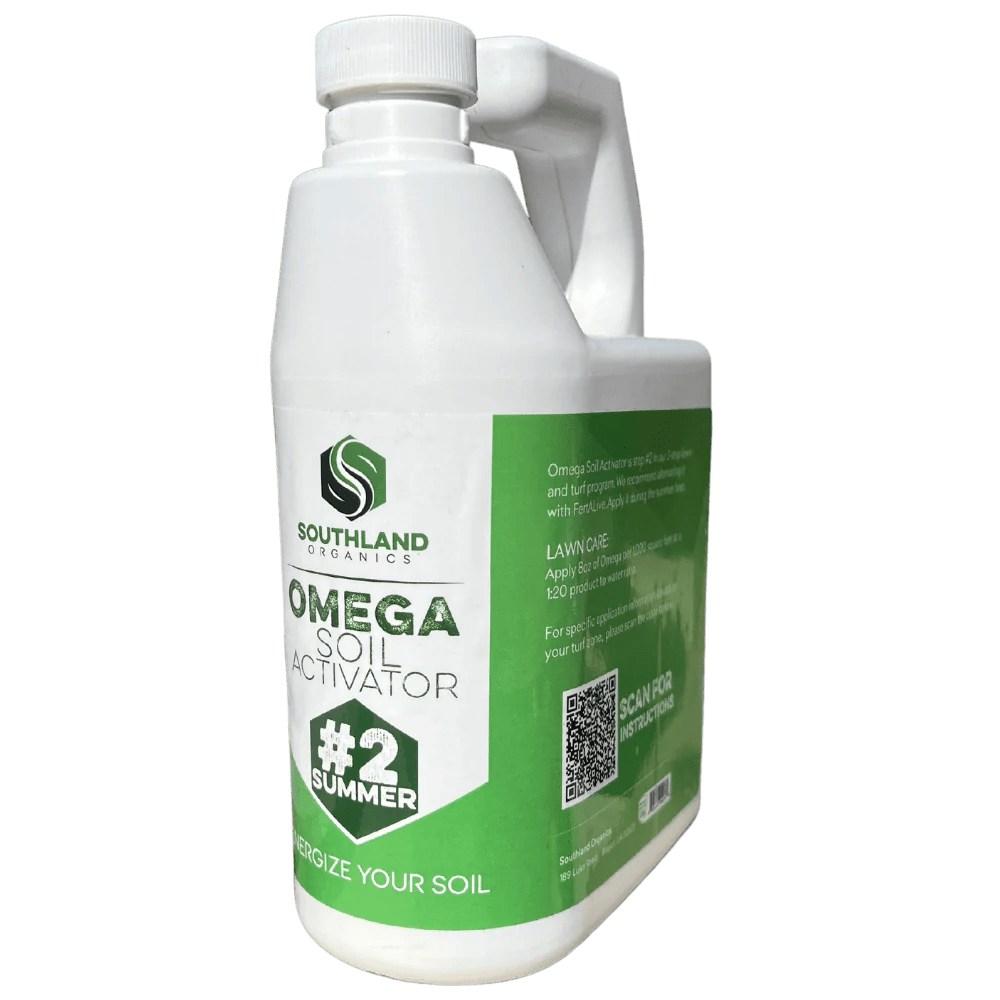Here at Southland Organics, we make natural solutions to natural problems, like keeping your lawn green throughout the summer heat.
Summer is the best time to enjoy your lawn, but it’s also the best season for heat stress. Heat stress occurs when your grass faces excessive heat, dryness, foot traffic or all the above. Here are three main signs of heat stress:
-
Impressions: Impressions of footprints linger on the grass longer than they should, up to 30 minutes.
-
Discoloration: The tips of grass blades turn brown and eventually develop into larger brown patches.
-
Soil Compaction: It's difficult to push a screwdriver a few inches down into your lawn.
If you see any of these signs in the spring or summer, your lawn is probably telling you it is stressed.
Why Heat Stress Happens

But why does heat stress happen? When it gets hot and dry, your grass roots shrink to conserve water and energy. Smart, right? But if these natural defenses against heat aren’t enough, your grass experiences stress.
The high foot traffic you may get from enjoying your lawn in the summer will unfortunately make matters worse, compacting the soil and making it harder for your grass to get the moisture it needs.
How to Manage Heat Stress
Now, this doesn't mean that you can’t enjoy your lawn anymore. If your lawn shows signs of heat stress, here are a few things you can do to help the grass recover.
1. Water Deeply and Infrequently
Deep and infrequent watering encourages the growth of deeper roots, which help your grass access moisture. Although the hot, dry weather may tempt you to water daily, watering daily can actually train roots to stay shallow.
On your watering days, it’s best to water between 5:00 a.m. and 9:00 a.m. Watering when the sun is at its peak can lead to water loss through evaporation, and watering in the evening can lead to disease.
2. Mow with the 1/3 Rule
Never mow more than one-third of the grass blade in a single mowing session. Maintaining taller grass helps shade the crown of the blade, which helps it stay cool. Use a sharp mower blade to ensure a clean cut, preventing moisture loss from grass blades.
3. Reduce Foot Traffic
We know it’s important to enjoy your lawn! But when it’s experiencing lawn stress, try to give your grass a break and minimize foot traffic. Consider using alternative pathways to reduce compaction from walking on your lawn.
4. Aerate
Mechanical core aeration or liquid aeration can help rejuvenate a compacted lawn. It allows water and air to penetrate deep into the root zone. This promotes healthy root growth and enhances the lawn's resilience against heat and drought stress.
5. Feed Strategically

While it may be tempting to fertilize heavily, stressed lawns aren't in a growth phase and won't utilize excess nutrients efficiently. Opt for light fertilizer applications or soil conditioners, like Omega Soil Activator, to provide essential nutrients without overwhelming the lawn. Omega is a humate-based soil conditioner that improves soil structure and heat resistance while providing microbiology that your grass needs during the hot weather.
Omega provides carbon, microbes and organic acids that promote deeper root growth, allowing grass to access more water and nutrients and be better prepared to handle drought and heat stress. Whether you have warm season grasses or cool season grasses, Omega improves grass nutrient uptake, enhances water retention and reduces hormone stress on your lawn. This means Omega ensures your lawn can get the nutrients it needs and get as much hydration as possible, helping you maintain a green lawn—and more importantly, a healthy lawn—during the summer.
6. Keep an Eye Out
Monitor your lawn regularly for signs of pests or diseases. Heat stress weakens the grass, making it more susceptible to infestations. Address any underlying issues promptly to prevent further damage.
Contact Us
Heat stress isn’t always something you can avoid. But you can help keep your lawn healthy and beat the heat by optimizing your care routine to help your grass get as much moisture as possible.
If you have any questions for us, you can email us at success@southlandorganics.com or call 800-608-3755. Don’t forget to subscribe to our YouTube channel to be the first to know about more lawn and garden info like this!






